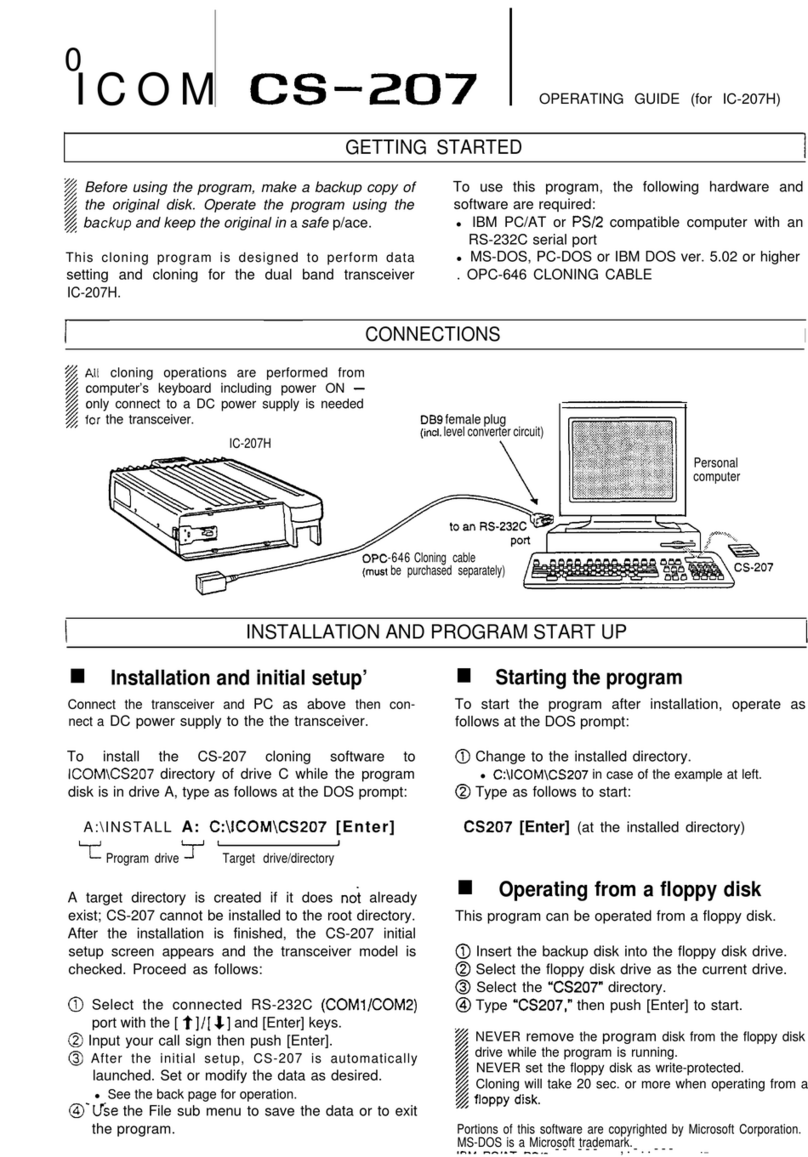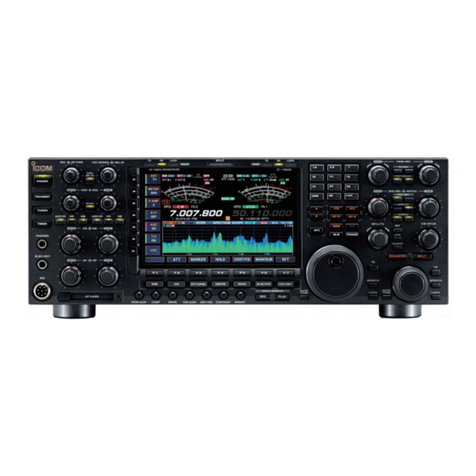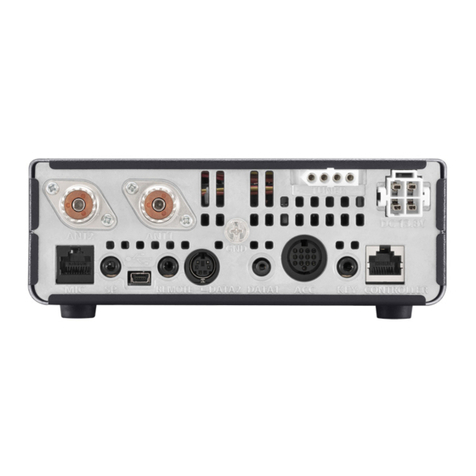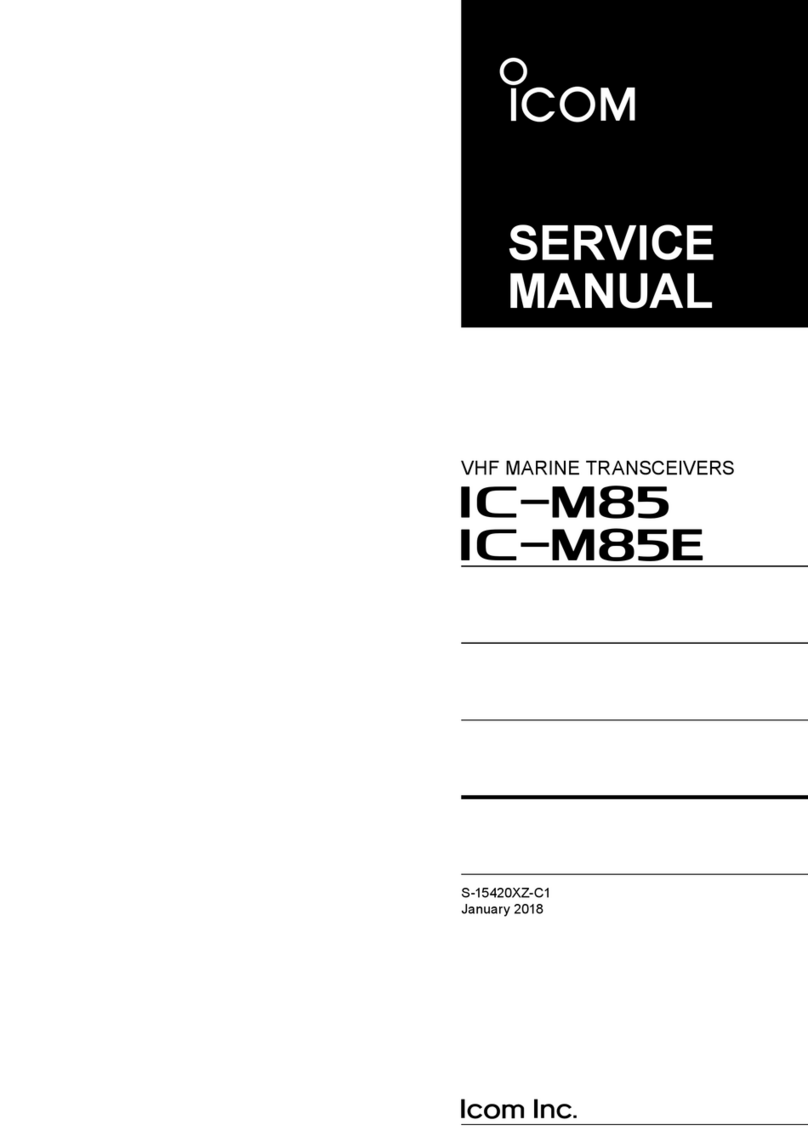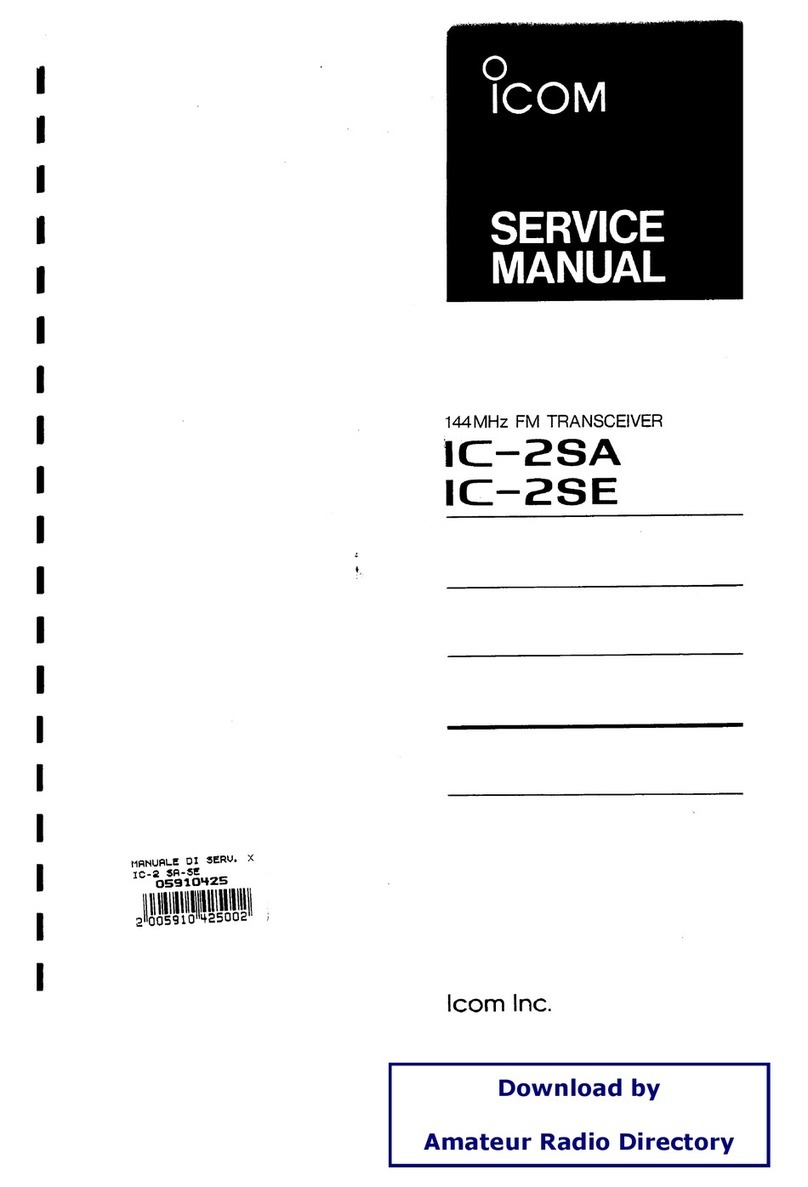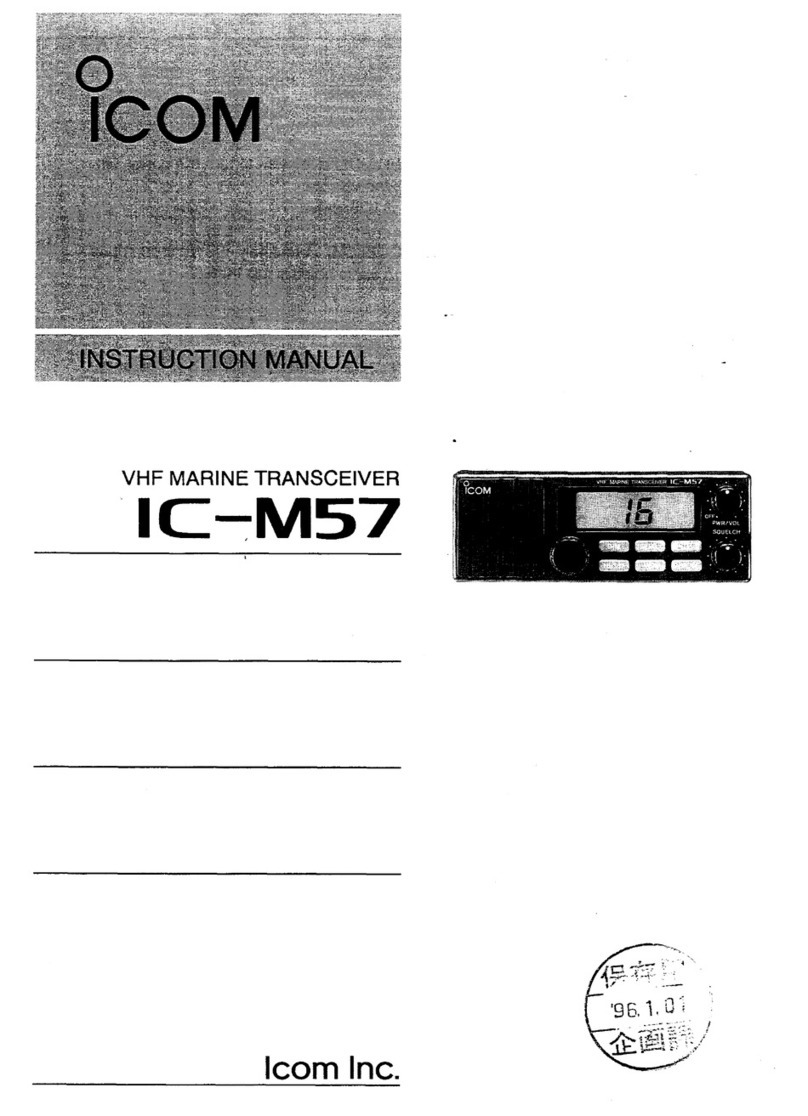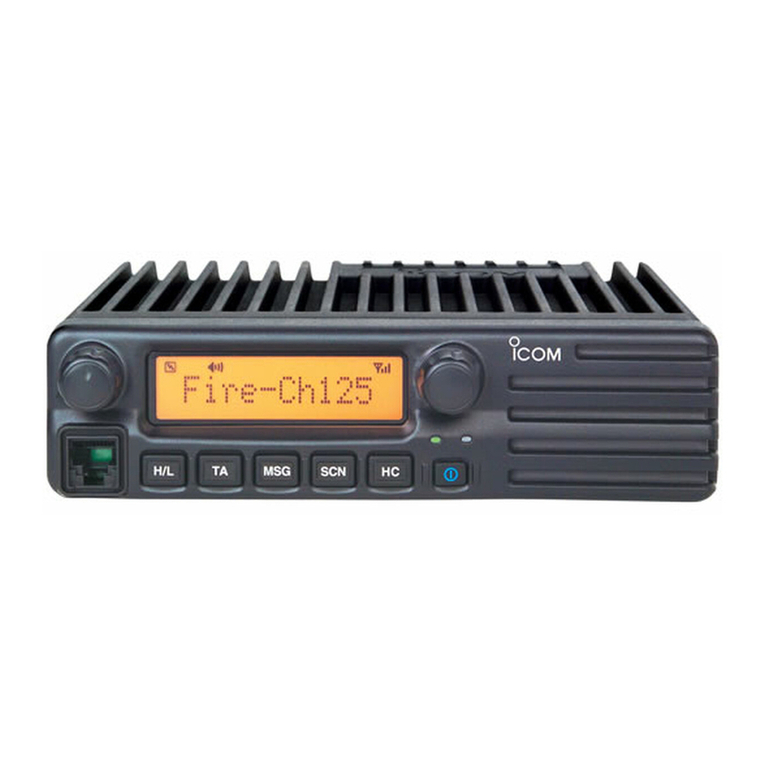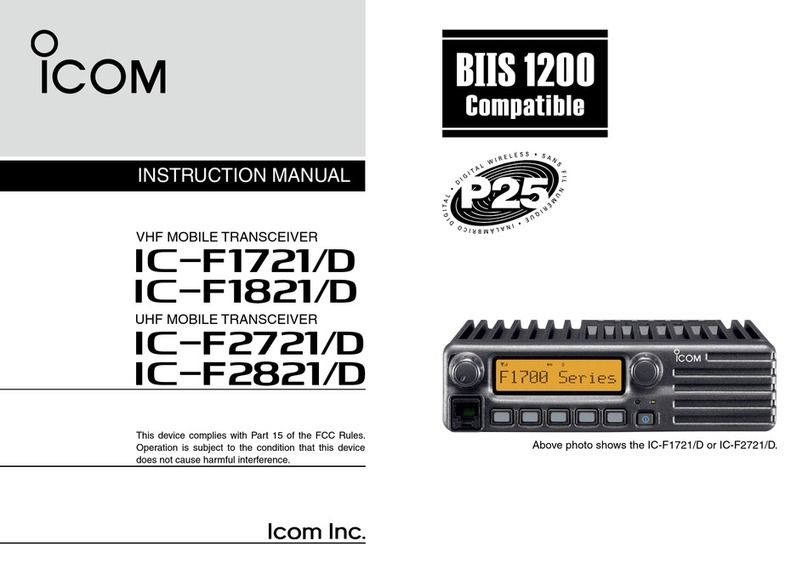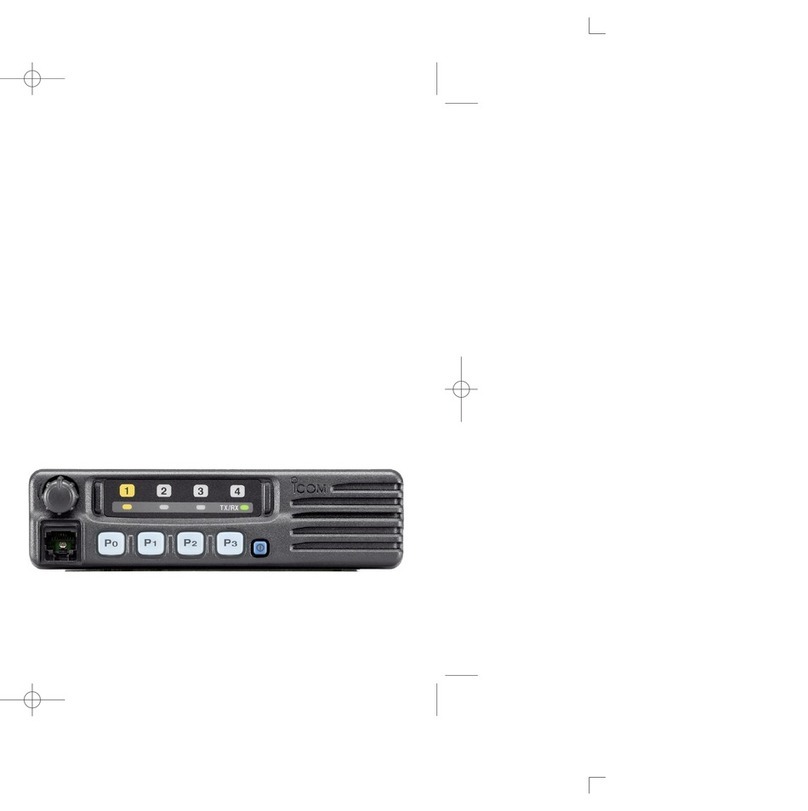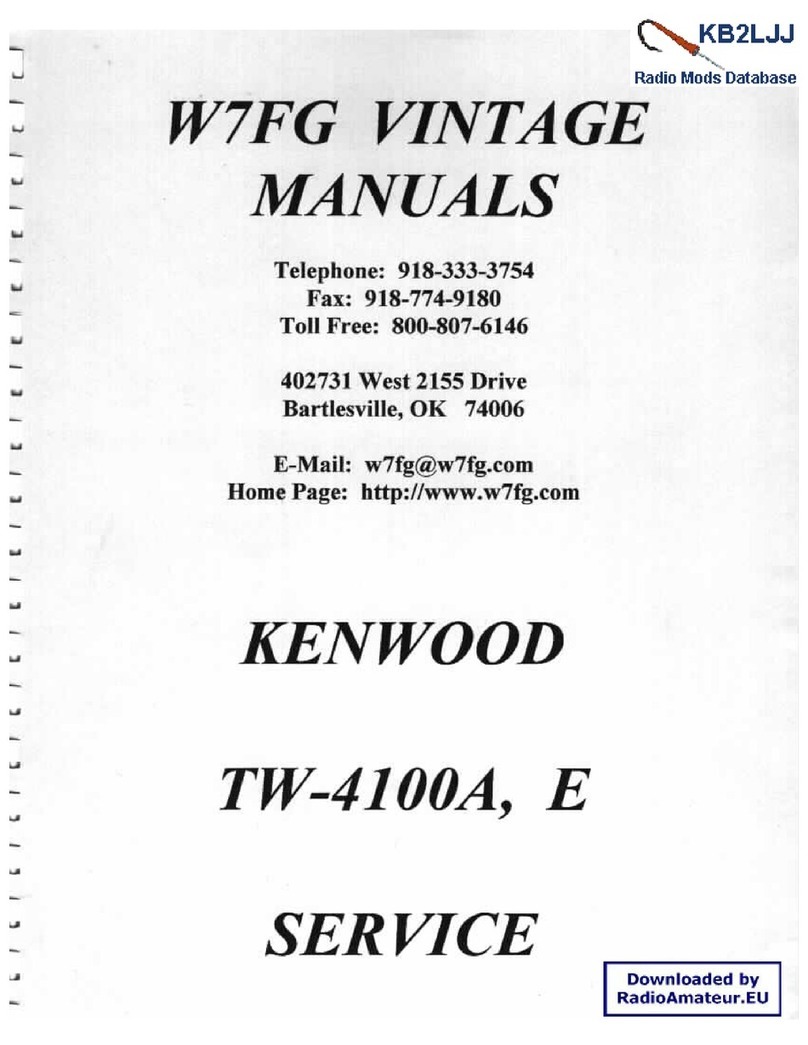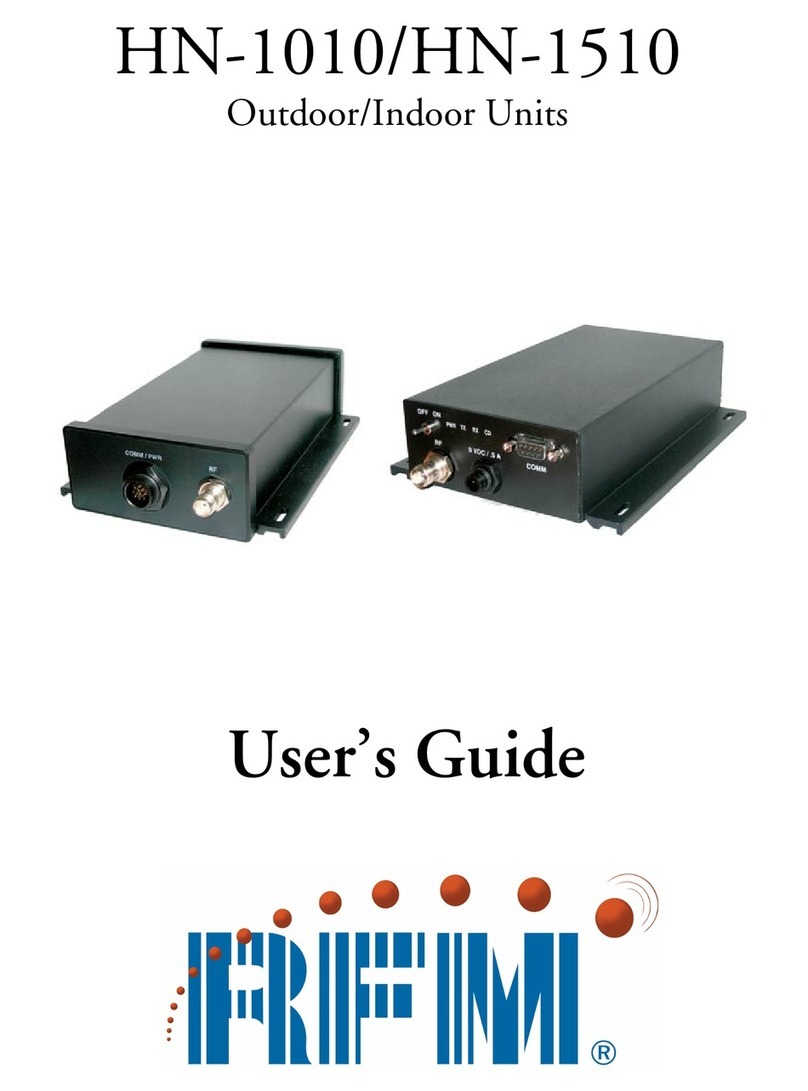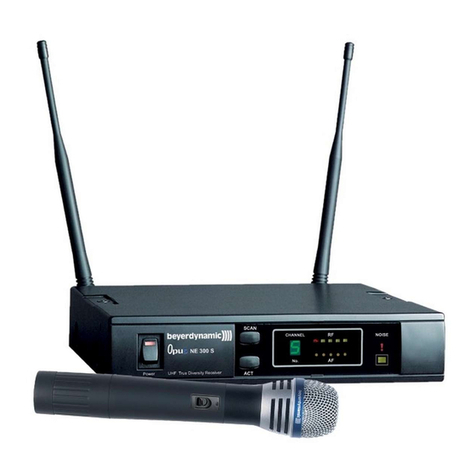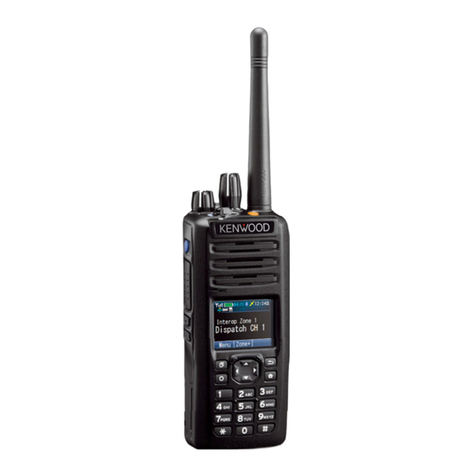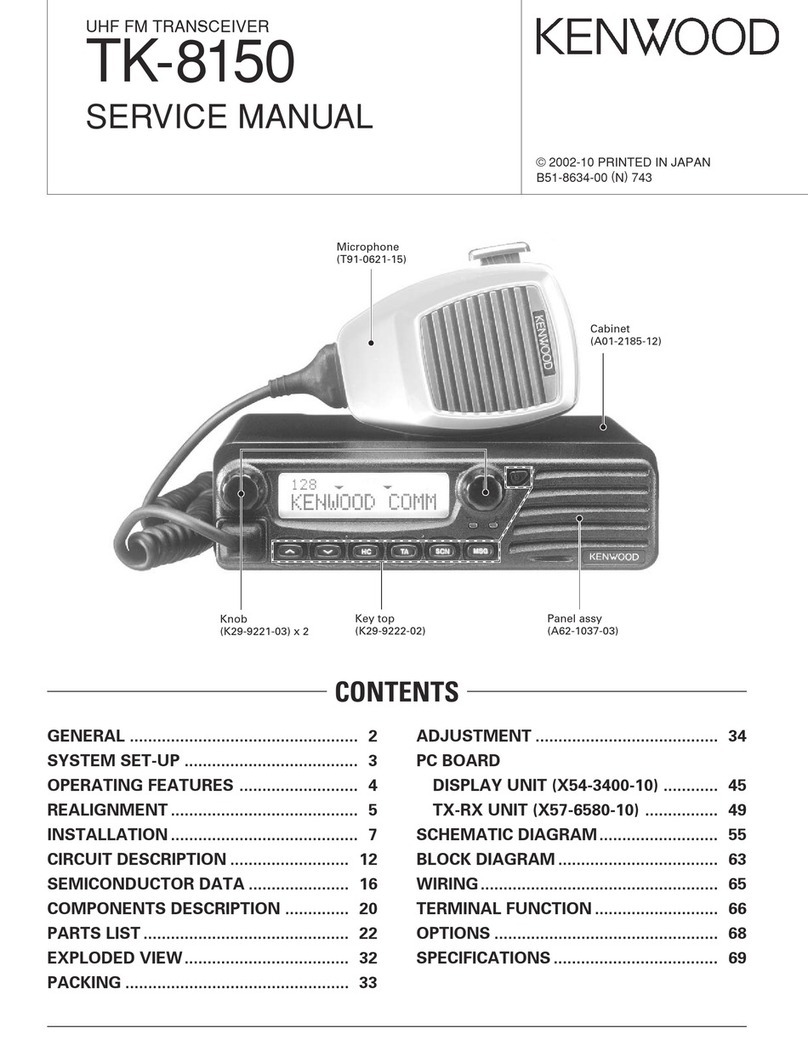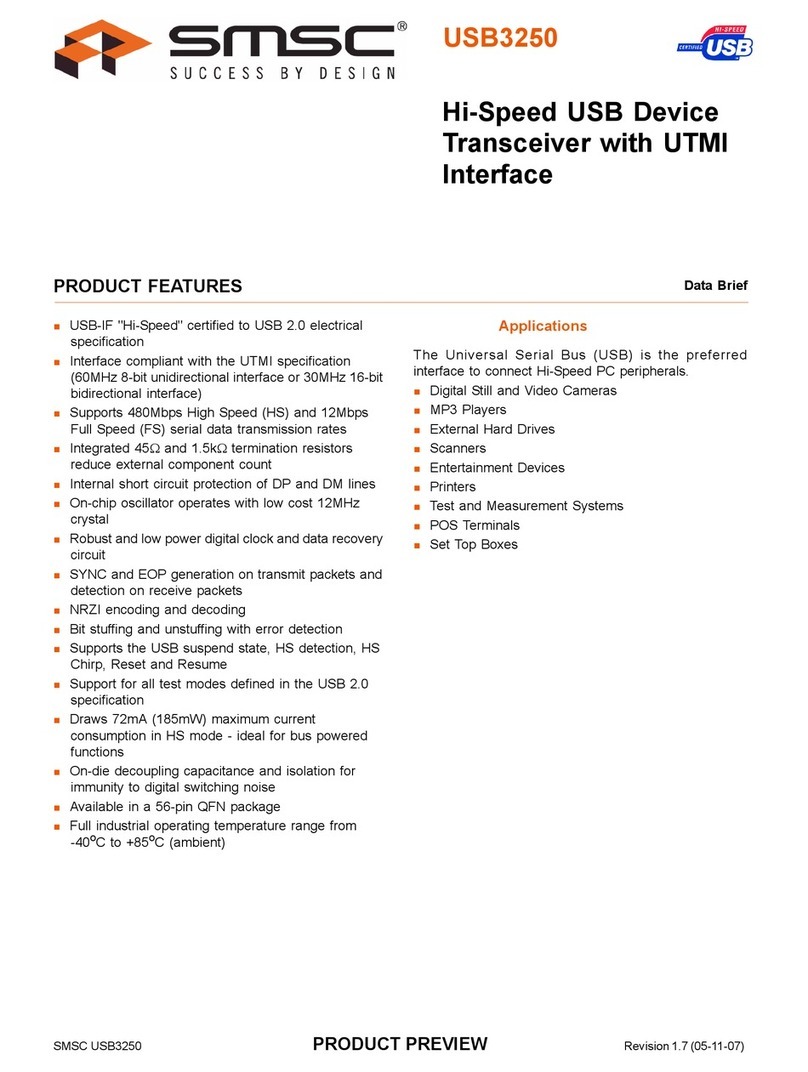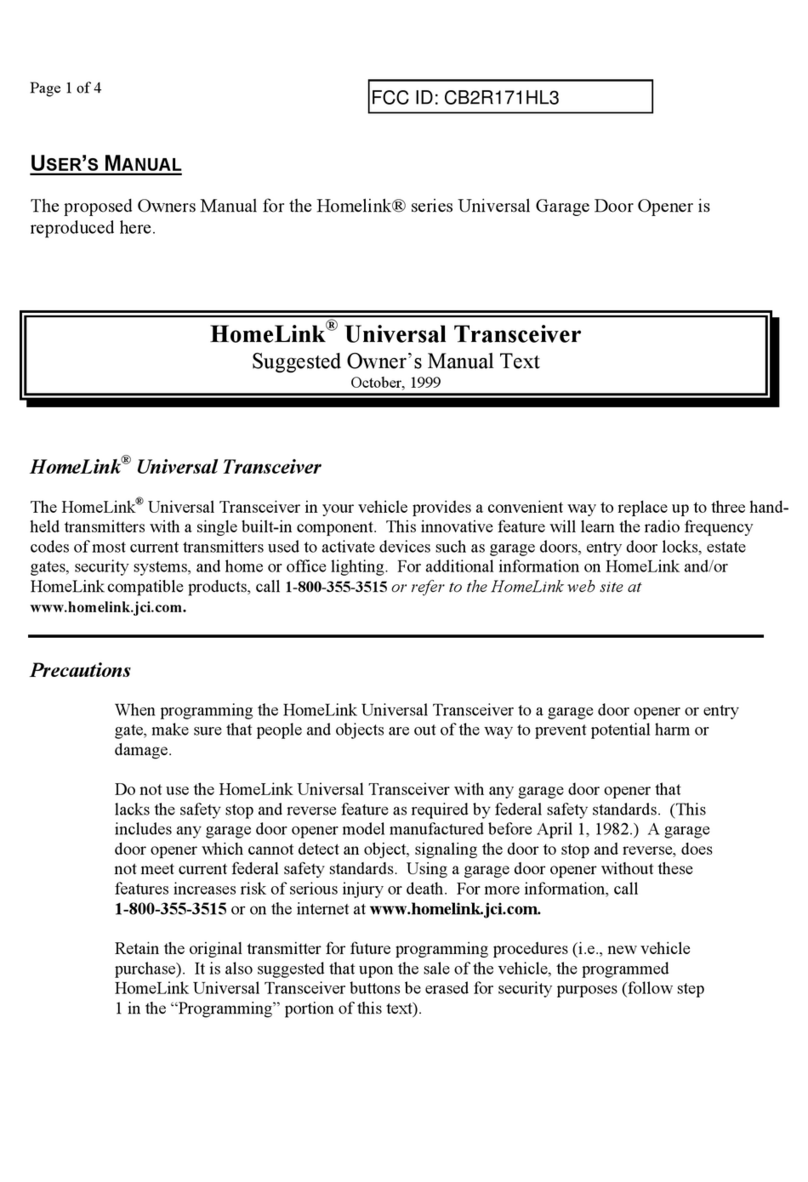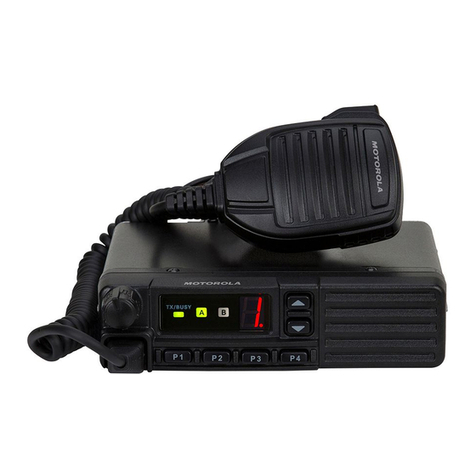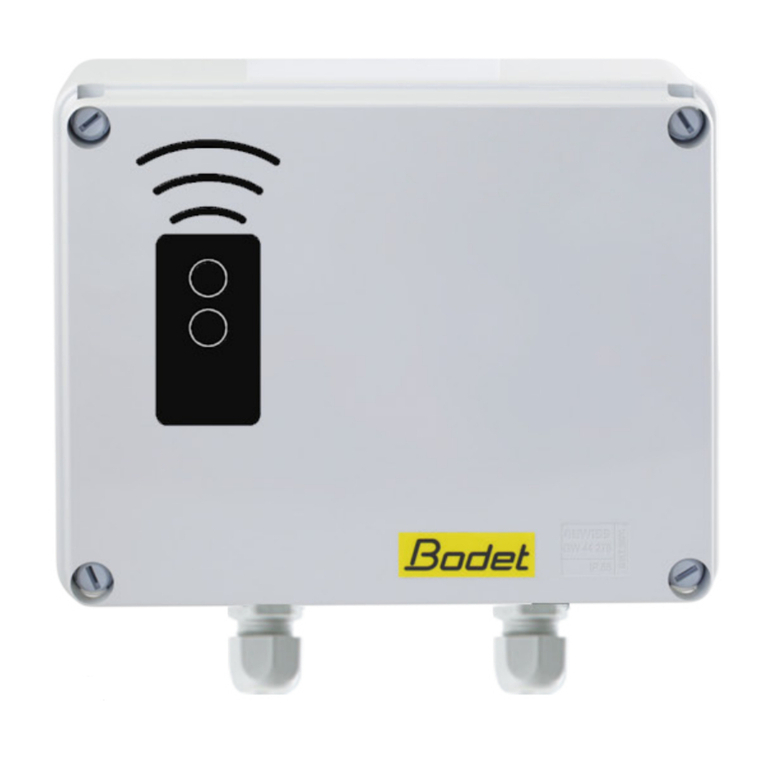Icom IC-T10 User manual

www.arrl.org QST August 2023 41
Icom IC-T10 Dual-Band
Handheld Transceiver
Reviewed by Rick Palm, K1CE
k1ce@arrl.net
The Icom IC-T10 is a compact dual-band FM handheld
transceiver that covers the 2-meter and 70-centimeter
bands, one band at a time. It also covers the FM
broadcast band 88 – 108 MHz (receive only), the Na-
tional Weather Service weather broadcast channels,
and extended frequencies 136 – 174 MHz and 400
– 479 MHz with transmit-only on the amateur bands.
Description
The radio comes with the BP-280 battery pack, a rub-
ber duck antenna (FA-S270C), a belt clip, a desktop
rapid charger (BC-213),and an ac adapter.
The an-
tenna connector is an SMA type (50 ohms). It is a small
radio (see Table 2 for more details).
While holding down the monitor key (below the PTT),
the large dial knob on top of the radio can be rotated to
adjust the squelch level. Hold down the monitor key to
briey open the squelch. Just below the monitor knob
Reprinted with permission; copyright ARRL.

42 August 2023 QST www.arrl.org
is the “programmable key.” Out of the box, the key is
pushed to enter the 1 MHz step selection mode for fast
tuning. Hold the key down to enter the tuning step item
in the set mode,and set the tuning step from 5 kHz up
through 200 kHz.
On the top panel, the large, tall knob is the control dial.
In the VFO mode, it is rotated to select the operating
frequency (based on the tuning step selected, as de-
scribed above). In memory mode, it is rotated to select
the memory channel. In the set mode, it’s rotated to
select an option. In the character entry mode, it’s ro-
tated to select an alphanumeric character
when naming a repeater. The smaller knob just
to the right of the control dial is the volume/
power knob;rotate it to the right to turn on the
radio, and continue to rotate it for increased
audio volume output.
On the right side panel is an external micro-
phone/speaker jack, which has a removable
cover protection; this needs to be kept on or
with the optional external microphone attached
to meet the IP67 requirements for dust-tight
and waterproof protection.
Function Display
On the front panel, the function/frequency
screen is basic but complete. It shows the
operating frequency/memory with the alpha-
numeric programmed name, and features like
the battery capacity, duplex, tone, VOX, auto-
matic power off, key lock, memory channels,
and more.
The signal RF bar meter displays the
relative strength of the incoming
signal, and the relative RF output
of the radio on transmit. An
operating mode icon is dis-
played for FM, and
FMN
for
Bottom Line
The Icom IC-T10
is a small dual-
band handheld
transceiver that is
solidly built, well
designed, and
easy to use right
out of the box.
FM narrowband operation. Power icons are displayed
—
L
for low power,
M
for medium power, and no icon is
displayed when the radio is in high-power mode.
The battery is charged by the included BC-213 drop-in
charger cradle,and a spare battery pack can be
charged in the cradle without the radio.
There are four frequency selection modes: VFO, mem-
ory, call channel, and weather channel. In VFO mode,
the operating frequency can be selected by rotating
the dial knob. In memory mode, a memory channel
that has been programmed by the user can be se-
lected. In call channel mode, the operator can recall
the two most often used frequencies programmed by
the user. Note that the
BAND
button is pushed to toggle
between the two call channels. The weather channel
mode is selected to monitor channels of NOAA
weather broadcasts.
To select the operating band, rst select the VFO
mode, then push the
BAND
button repeatedly to select
the VHF band, the UHF band, and the FM broadcast
radio band.
Set the operating frequency using the keypad numbers
or by turning the top panel
DIAL
button while in VFO
mode. RF power output can be set to approximately
5 W (high), 2.5 W (mid), or 0.5 W (low) by repeatedly
pushing the
H/M/L
button on the front panel (it is indi-
cated on the bottom of the display screen). To lock
down the operating frequency, hold down the
SET/KEY
icon button.
The home channel — selection of the most often used
frequency for VHF and UHF — is accomplished by
pushing the simple, tiny
HOME
button on the top panel
between the volume knob and the dial knob, and cy-
cling through them by repeatedly pushing the
BAND
button. The frequencies are stored by selecting the
frequency and then holding down the
HOME
button
until a beep sounds.
To set function values, push the
SET
button. Once the
SET function is displayed, push the
SET
button repeat-
edly to toggle between functions. For example, to set a
repeater tone, push the
SET
button, and then push it
again repeatedly until the
TONE
function appears.
Rotate the dial knob one click to turn it on. Then push
the
SET
button one more time to select the repeater
tone frequency. Rotate the dial knob to select and set
the desired tone frequency. Other frequently used
standard SET items include duplex reverse, tuning
step, priority scan, tone scan, etc. Several initial SET
mode items program the radio for basic “set and for-
get” settings.
Reprinted with permission; copyright ARRL.

www.arrl.org QST August 2023 43
Table 2
Icom IC-T10, serial number 32001613, FCC ID# AFJ432800
Main Firmware – VAB-99-1311, Display – VA1-14, SDR – VA1-06
Manufacturer’s Specifications Measured in the ARRL Lab
Operating modes: FM/FM-N, FM broadcast As specied.
band (WFM).
Power requirements: 7.2 V dc with As specied.
supplied Icom battery pack, 10 – 16 V dc
with AD-149H external supply.
Current drain (at 7.2 V dc): Transmit Measured with fully charged battery at
(at 5 W): <2.5 A. 8.3 V dc; 146 and 440 MHz: high,
1.8 A; med, 1.3 A; low, 0.6 A; current
drain from battery not measured.
Receive (max audio output, 8 Ω load): Measured with fully charged battery;
FM/FM-N, <600 mA. 146 MHz and 440 MHz; no signal,
lights on, 0.09 A; no signal, lights off,
0.06 A.
Receiver
Frequency coverage*
A band: 136 – 174 MHz; As specied.
B band: 400 – 479 MHz; As specied.
FM broadcast band: 88-108 MHz. As specied.
Sensitivity: band FM/FM-N, 12 dB SINAD: 100 MHz: FM, –107 dBm (0.99 μV),
<0.18 μV / <–15 dB μV. (–0.1 dBμV); 146 MHz: FM, –124 dBm
(0.14 μV), (–17 dBμV); 146 MHz: FM-N,
–126 dBm (0.11 μV), (–19.2 dBμV);
162.4 MHz: FM, –124 dBm (0. 14 μV),
(–17 dBμV); 440 MHz: FM, –125 dBm
(0.13 μV), (–18 dBμV); 440 MHz: FM-N,
–127 dBm (0. 10 μV), (–20 dBμV).
Adjacent-channel rejection: FM: >55 dB; FM, 20 kHz offset:†146 MHz, 75 dB;
FM-N: >50 dB. 440 MHz, 74 dB; FM-N, 15 kHz offset:
146 MHz, 75 dB, 440 MHz, 75 dB.
FM two-tone, third-order IMD dynamic 20 kHz offset: 146 MHz: FM, 64 dB;
range: Not specied. FM-N, 71 dB; 440 MHz: FM, 62 dB;
FM-N, 71 dB; 10-MHz offset: 146 MHz:
FM, 66 dB; FM-N, 66 dB; 440 MHz:
FM, 67 dB; FM-N, 71 dB.
FM two-tone, second-order IMD dynamic FM: 146 MHz: 55.2/90.82 MHz test
range: Not specied. tones, 72 dB; 446 MHz: 146/300MHz
test tones, 95 dB.
Squelch sensitivity: <–15 dBμV. A and B band: 146 MHz, 0.25 μV (min),
(–12 dBμV); 0.64 μV (max), (–4 dBμV);
440 MHz, 0.28 μV (min), (–11 dBμV),
0.70 μV (max), (–3 dBμV).
S-meter sensitivity: Not specied. A band, 10-bar indication: 146 MHz, 1 μV;
440 MHz, 1 μV.
Audio output into 8 Ω:
internal speaker: 1.5 W at 10% THD; Not measured;
external speaker: 0.45 W at 10% THD 0.49 W at 10% THD; 0.40 W at 1% THD.
Transmitter
Power output at 7.2 V dc: high, 5 W; Battery fully charged at 8.3 V dc:†† 146 MHz:
mid, 2.5 W; low, 0.5 W. high, 4.3 W; med, 2.15 W; low, 0.42 W;
440 MHz: high, 4.2 W; med, 2.0 W; low,
0.43 W.
Spurious-signal and harmonic suppression: Meets FCC requirements.
<–60 dBc (high/mid); 146 MHz: < –66 dBc;
<–13 dBm (low) 440 MHz: –70 dBc.
Transmit-receive turnaround time (PTT Squelch on, S-9 signal: 144 MHz: 110 ms;
(release to 50% of full audio output): 440 MHz: 112 ms.
Not specied.
Receive-transmit turnaround time (TX delay): 146 MHz: 40 ms; 440 MHz: 40 ms.
(TX delay): Not specied.
Size (height, width, depth): 4.4 × 2.1 × 1.2 inches (excluding protrusions).
Weight: 9.8 ounces.
Antenna length: 7 inches.
*A and B band frequency coverage and specications guaranteed only between
144 – 148 MHz and 430 – 450 MHz.
†Measurements phase-noise limited at values shown.
††Power output did not vary signicantly with external voltage from 10 to 16 V dc, or with
use of a slightly discharged internal battery.
KEY:
* Internal speaker not measured.
Bars off the graph indicate values over scale.
QS2308-PR166
Snd 800100
Audio Output (mW)
490*
ChRej
50 90
Adjacent Channel Rejection (dB)
70 cm 74
2 m 75
I3
RX 40 70
Receiver Third-Order Dynamic Range (dB)
(20 kHz offset)
70 cm 62
2 m 64
I3
RX 60 90
Receiver Third-Order Dynamic Range (dB)
(10 MHz offset)
70 cm 67
2 m 66
SINAD
0.25 0.1
Receiver Sensitivity (12 dB SINAD, μV)
70 cm 0.13
2 m 0.14
Icom IC-T10
Key Measurements Summary
Programming
Memory Channels
Programming memory channels is
straightforward. The radio has room
for 210 memory channels — 200
six-character alphanumeric memo-
ries, two call channels, three pairs of
scan edge memories, and two home
channels. To program a memory
channel, go in VFO mode and select
the frequency, the tone function if
needed, and the offset if not auto-
matically set. Then, push and hold
down the S.MW button until you hear
two short beeps sound, and then MR
and the channel number will blink on
the screen. Rotate the dial to scroll to
the desired memory channel number,
and then push and hold down the
S.MW key until two more short beeps
sound and the memory is stored.
Reprinted with permission; copyright ARRL.

44 August 2023 QST www.arrl.org
To select a memory channel as the operating fre-
quency, push the
V/M/C
key repeatedly until the mem-
ory mode comes up. Rotate the dial to select the de-
sired channel.
Scanning
Scanning is simple to accomplish. Push the
V/M/C
key
repeatedly to select the VFO mode or the memory
mode, and then hold down the
H/M/L SCAN
button until
the beep sounds to start the scan. When a signal is
detected, the signal strength is displayed. Push either
the
SCAN
or
V/M/C
button to stop the scan. Skip chan-
nels can also be programmed easily.
The priority scan function searches for a signal on the
selected memory channel or call channel. While oper-
ating on a VFO mode frequency, the priority scan
checks the selected memory or call channel every 5
seconds for activity. For example, if the operator is on
a VHF mode frequency, but wants to keep an ear out
for activity on 146.520 MHz (same band), activating the
priority scan will allow for checking for any signals
every 5 seconds. Select a channel to be scanned,
then push the
SET
button, select
PRIO, and you can
turn
ON
or
BELL
. Then, push the
V/M/C
button to start
the priority scan. Push it again to cancel the scanning.
Operating Impressions
Overall, the radio has an admittedly subjective quality
feel to it. It’s compact and goes easy in the hand. I
enjoyed operating it. It would make a good addition to
an ARES®EmComm operator’s go-bag, with its in-
cluded charging cradle. And speaking of going into the
eld for operations at a public event emergency tent or
disaster area, it seems to be able to withstand harsh
environmental conditions. The IC-T10 has an IP67
rating, which means complete protection against dust
and airborne particles, but also waterproof up to
1 meter (39 inches).
Other eld-expedient features include high-level loud-
speaker audio and RF output. The promotional litera-
ture claims “a combination of a new speaker design
and a 1500 mW audio amplier” as the reason for the
good audio output.
Interestingly, the radio covers the FM broadcast band,
which might be handy when on a deployment and
listening for media reports involving the potentially
evolving disaster situation. The IC-T10 also has a
weather alert function and is pre-programmed with
NOAA weather alert channels.
At almost 70 years of age, I found it to be a bit chal-
lenging to read the characters on the necessarily small
display screen and the function button labels just
below the screen. A pair of readers helped. In the SET
mode, there is a
LIGHT
function that can be turned on
— the extra illumination helped me to read the screen
and button labels that are also backlit.
The audio output from the speaker is indeed loud and
undistorted. Audio quality reports from QSO partners
were all good. I also listened to my transmitted audio
and can conrm it is of good quality. I successfully
programmed the home channel (selected by the small
gray button on the top panel) with my often-used local
repeater pair. A quick push of the button brings up the
repeater frequency.
Setting operating parameters in the SET mode was
easy to accomplish. It was easy and quick to turn on
the repeater tone function and select/set the tone itself.
There are two SET tables: the SET mode and the initial
SET mode, which sets the “set and forget” basic func-
tions such as the beep sound level, time-out timer, etc.
Battery life is prolonged with the power save function
and will give you up to 11 hours of operating time,
enough for a long day on an incident command post or
at a remote road rally checkpoint. There is an optional
dc power supply pack, a battery eliminator style, and
the AD-149H, which replaces the standard battery
pack, and that can be used to connect the optional
cigarette lighter-type dc power cables (CP-12L) or the
OPC-254L cable to connect to a dc power supply.
There is no battery tray option for AA batteries, like my
Icom V80 handheld has. If a club owns multiple Icom
IC-T10s to be used in emergencies or events, an op-
tional charger for six units is also available (BC-214
with the BC-157S). For more information, you can
download the product brochure along with the user
manual and the advanced manual on the manufac-
turer’s website (see www.icomamerica.com/en/
downloads).
All scanning functions and modes worked well — the
VFO scan scans all frequencies, or just the frequen-
cies in one or the other band (2 meters versus 70 cen-
timeters). The program scan scans one of three pro-
grammable sets of scan edge frequencies, and they
worked well. Skip channels and frequencies can be
programmed, too.
The CS-T10 programming software is available for
free, but you will need to purchase the optional OPC-
478UC/-1 USB programming cable.
Reprinted with permission; copyright ARRL.

www.arrl.org QST August 2023 45
Summary
The Icom IC-T10 is a small dual-band handheld trans-
ceiver that is solidly built, well designed, and easy to
use right out of the box. You can be on the air in a
matter of seconds. It has that quality Icom look and
feel, which is important to me.
The display is necessarily small to allow for the larger
loudspeaker, and it took me some time getting used to
it. While it was a bit of a challenge to read in the indoor
articial light, in the sunlight I had no problem.
Manufacturer: Icom America, 12421 Willows Road NE,
Kirkland, WA 98034, www.icomamerica.com. Price:
$240.
Reprinted with permission; copyright ARRL.
Other manuals for IC-T10
2
Other Icom Transceiver manuals

Icom
Icom IC-726 User manual

Icom
Icom IC-M1 euro User manual
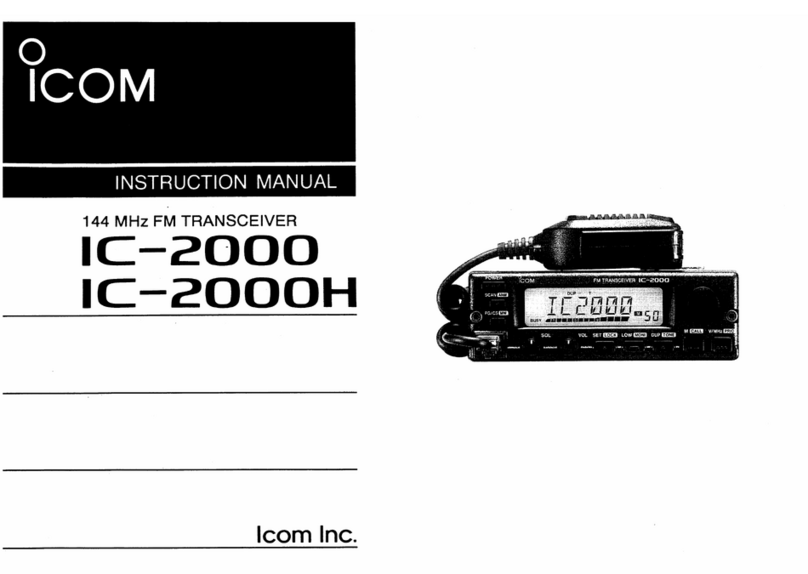
Icom
Icom IC-2000 User manual
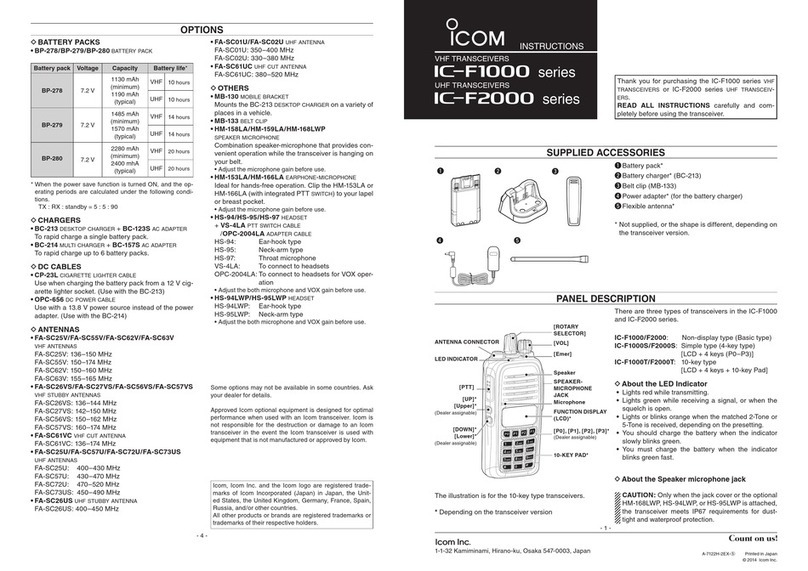
Icom
Icom IC-F1000 series User manual
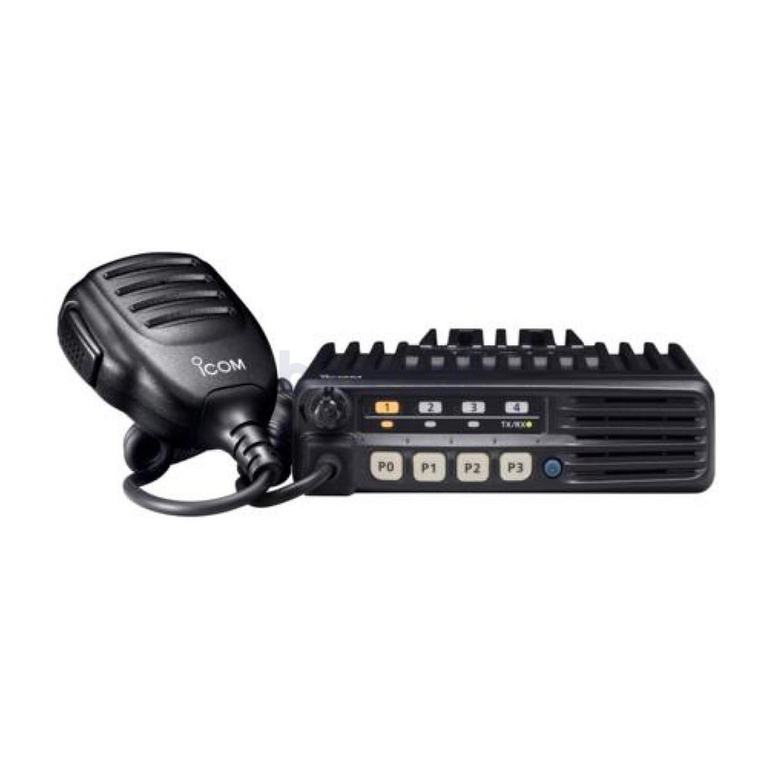
Icom
Icom IC F110S User manual
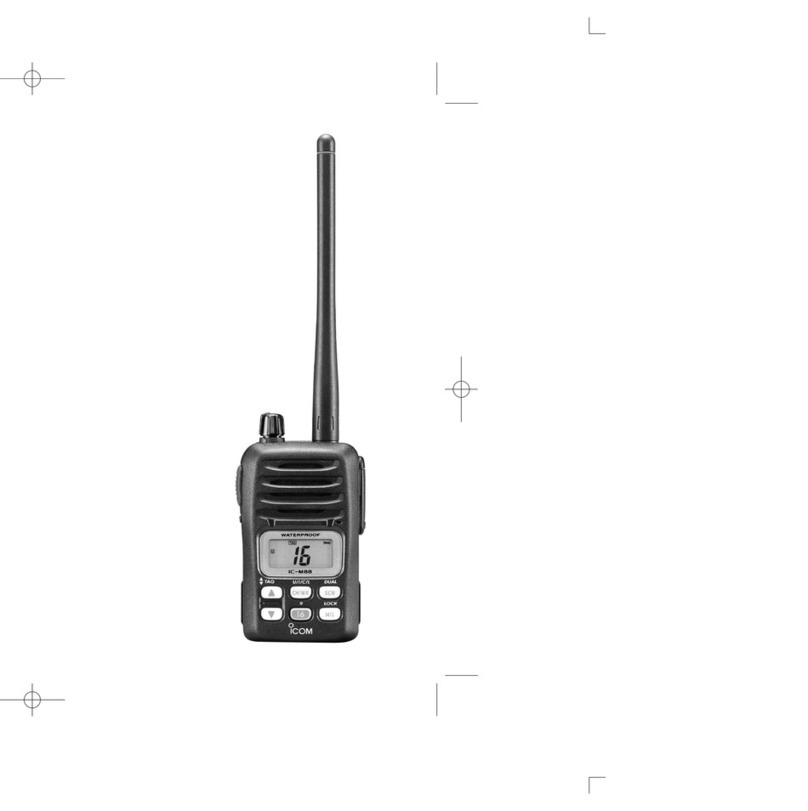
Icom
Icom IC-M88 User manual
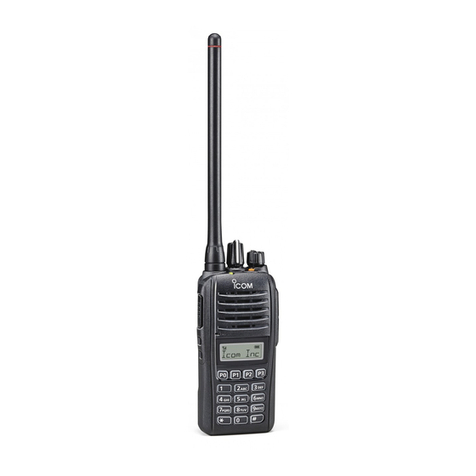
Icom
Icom IC-F1000 series User manual
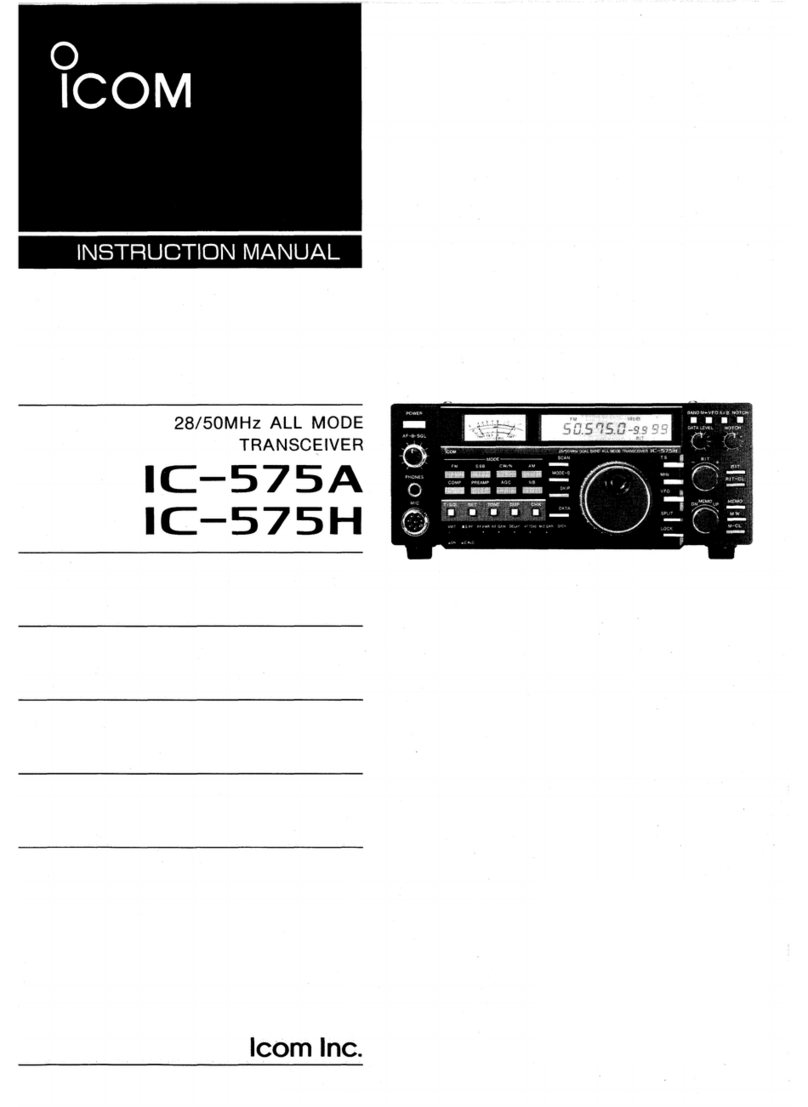
Icom
Icom IC-575A User manual
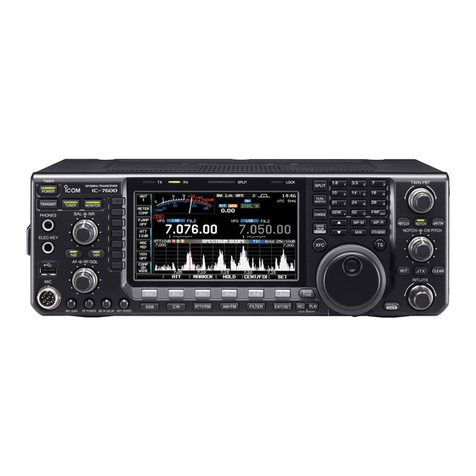
Icom
Icom IC-7600 User manual
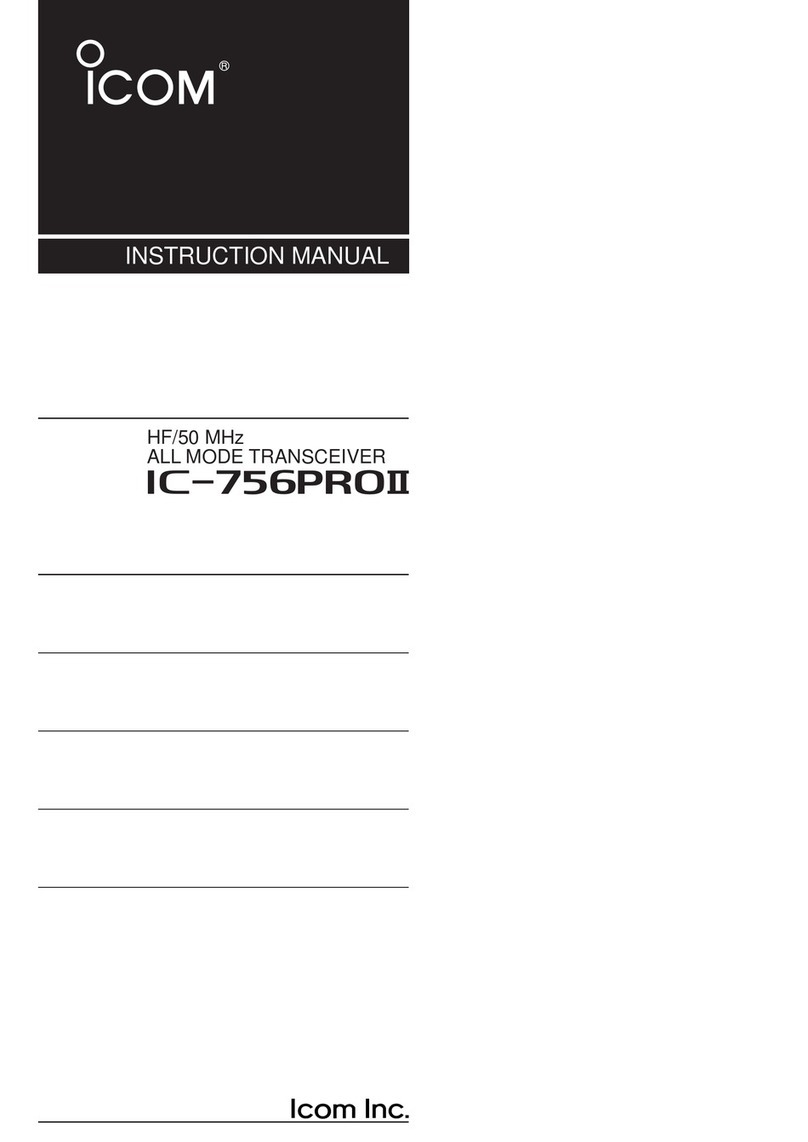
Icom
Icom IC-756PROII User manual
Popular Transceiver manuals by other brands
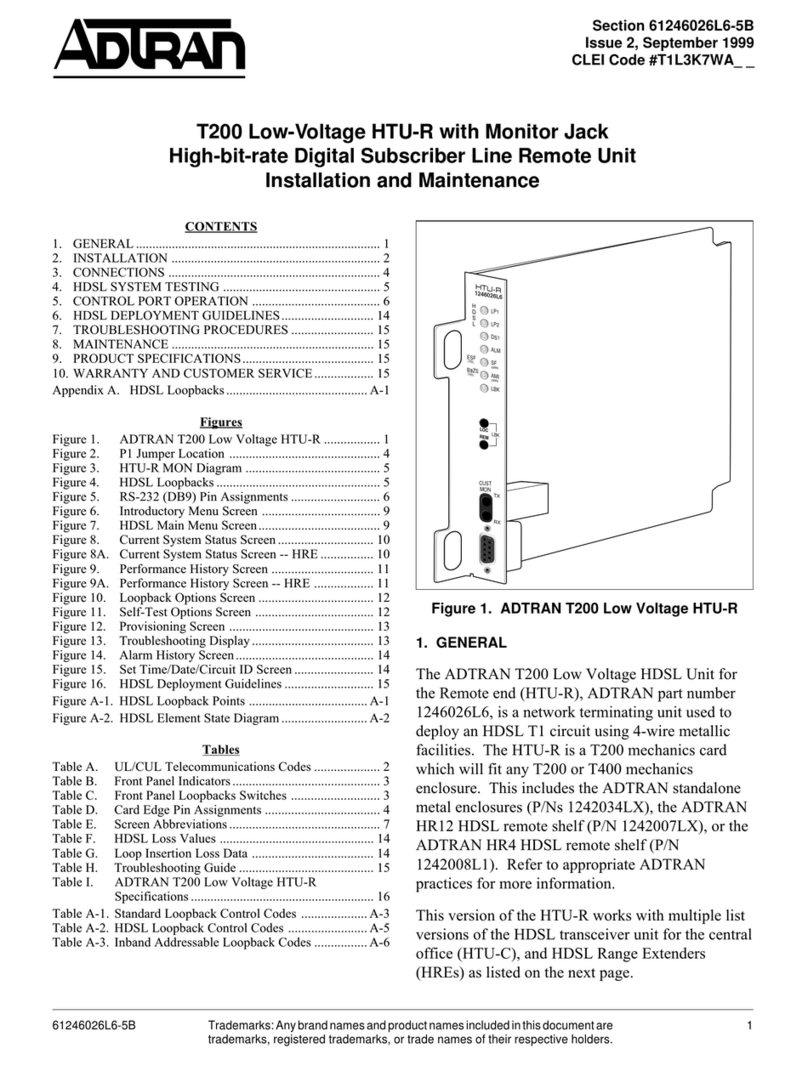
ADTRAN
ADTRAN T200 FNID Installation and Maintenance
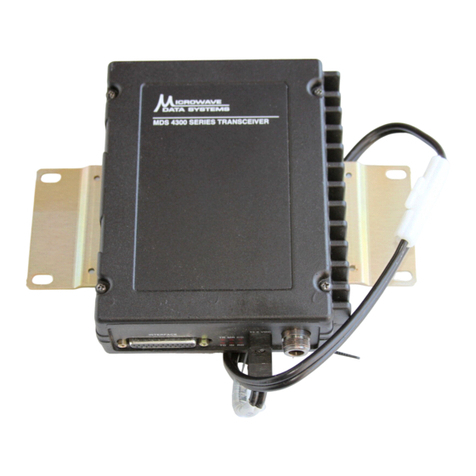
Microwave Data Systems
Microwave Data Systems MDS 4310 Installation, Operation & Field Maintenance
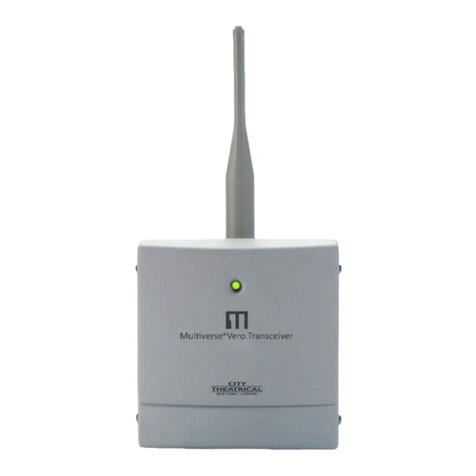
City Theatrical
City Theatrical Multiverse Vero 7400-5903 user manual
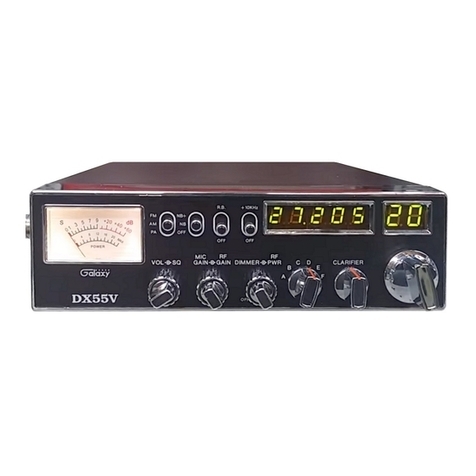
Galaxy
Galaxy DX-55V owner's manual
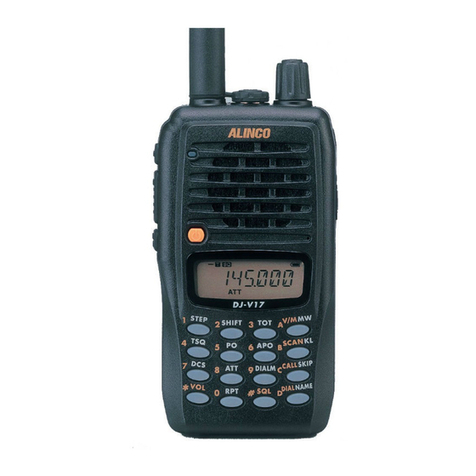
Alinco
Alinco DJ-V17TFH instruction manual
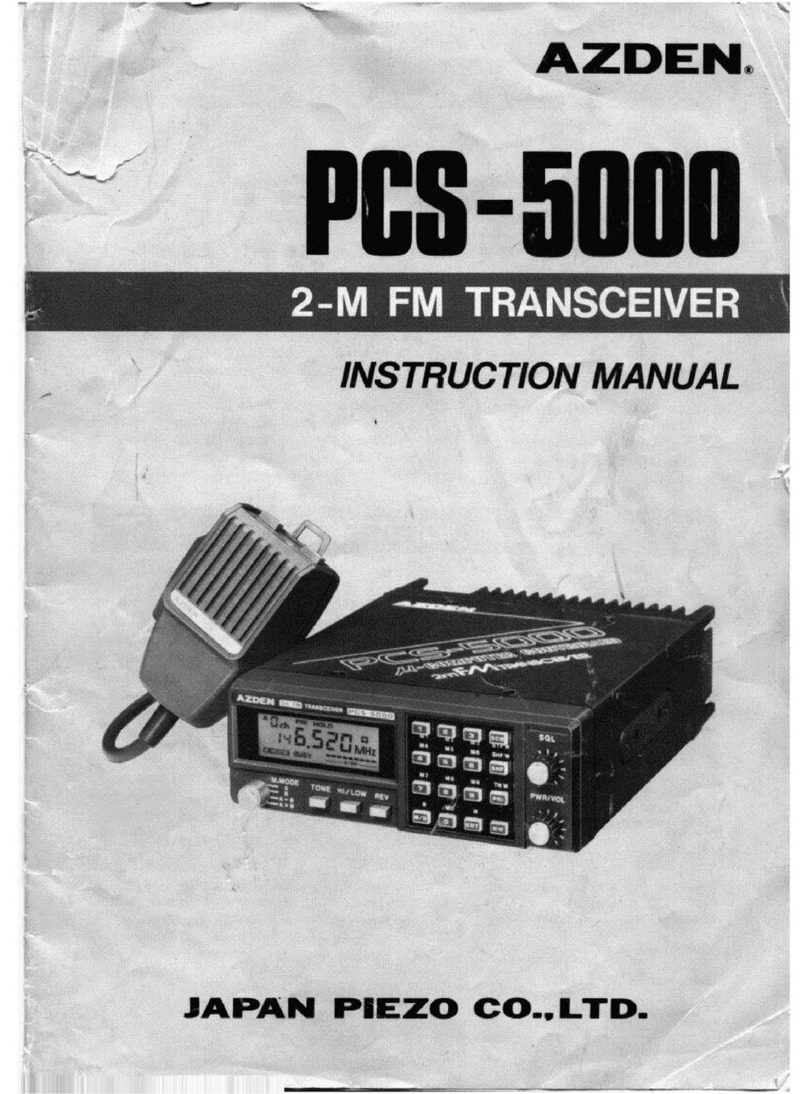
Azden
Azden pcs5000 instruction manual
